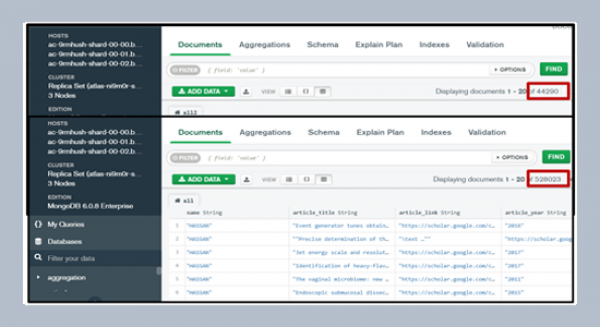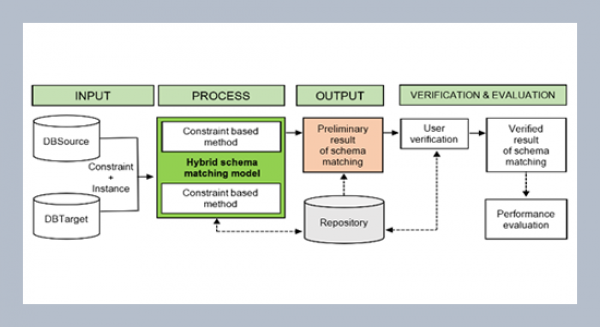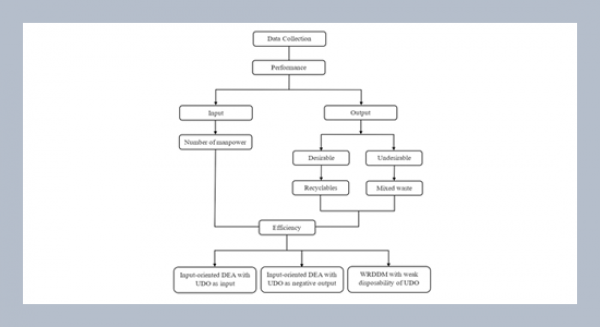REFERENCES
- [1] Cai, K. Y. 1991. Fuzzy reliability theories. Fuzzy Sets and Systems, 40: 510-511.
- [2] Cai, K. Y. 1996. System failure engineering and fuzzy methodology: An introductory overview. Fuzzy Sets and Systems, 83: 113-133.
- [3] Cai, K. Y., Wen, C. Y. and Zhang, M. L. 1991a. A critical review on software reliability modeling. Reliability Engineering and System Safety, 32, 3: 357-371.
- [4] Cai, K. Y., Wen, C. Y., and Zhang, M. L. 1991b. Fuzzy variables as a basis for a theory of fuzzy reliability in the possibility context. Fuzzy Sets and Systems, 42: 145-172.
- [5] Clerc, M. and Kennedy, J. F. 2002. The particle swarm: explosion, stability, and convergence in a multi - dimensional complex space. IEEE Transactions on Evolutionary Computation, 6, 1: 58-73.
- [6] Coit, D. W. and Smith, A. E. 1996. Reliability optimization of series-parallel systems using genetic algorithm. IEEE Transactions on Reliability, R-45, 2: 254-260.
- [7] Deb, K. 2005. “Multi-objective optimization using evolutionary algorithms”. John Wiley and Sons.
- [8] Garg, H. and Sharma, S. P. 2011. RAM analysis of a coal crushing unit of a thermal power plant using fuzzy Lambda-Tau Methodology. Proceeding of 1st International Conference on Emerging Trends in Mechanical Engineering (ICETME2011), Thapar University, Patiala, India: 795-802.
- [9] Garg, H. and Sharma, S. P. 2012. Behavior analysis of synthesis unit in fertilizer plant, International Journal of Quality and Reliability Management, Emerald, 29, 2.
- [10] Huang, H. Z. 1997. Fuzzy multi-objecti- ve optimization decision-making of reli- ability of series system. Microelectronics Reliability, 37, 3: 447-449.
- [11] Keller, A. Z and Zaitri, C. K. 1989. Further applications of fuzzy logic to reliability assessment and safety analysis. Microelectronic Reliability, 29: 399-404.
- [12] Kennedy, J. and Eberhart, R. C. 1995. Particle swarm optimization. IEEE International Conference on Neural Networks, IV, Piscataway, NJ, Seoul, Korea. 1942-1948.
- [13] Knezevic, J. and Odoom, E. R. 2001. Reliability modeling of repairable systems using Petri nets and Fuzzy Lambda-Tau Methodology. Reliability Engineering and System Safety, 73, 1: 1-17.
- [14] Komal, Sharma, S. P., and Kumar, D. 2009. RAM analysis of the press unit in a paper plant using genetic algorithm and lambda-tau methodology. proceeding of 13th Online International Conference WSC-2008; Applications of Soft computing (Springer book series), number, 58: 127-137.
- [15] Kumar, D. 1991. Analysis and optimization of systems availability in sugar, paper and fertilizer Industries. PhD thesis, University of Roorkee (Presently IIT Roorkee), India.
- [16] Liu, G. P., Yang, J. B., and Whidborne, J. F. 2003. “Multiobjective Optimisation and Control”. Hertfordshire: Research Studies Press.
- [17] Mahapatra, G. S., and Roy, T. K. 2006. Fuzzy multi-objective mathematical programming on reliability optimization model, Applied Mathematics and Computation, 174: 643-659.
- [18] Onisawa, T. 1990. An application of fuzzy concepts to modelling of reliability analysis. Fuzzy Sets and Systems, 37: 267-286.
- [19] Park, K. S. 1987. Fuzzy apportionment of system reliability. IEEE Transactions on Reliability, R-36: 129-132.
- [20] Ravi, V., Murty, B. S. N., and Reddy, P. J. 1997. Non equilibrium simulated annealing-algorithm applied to reliability optimization of complex systems. IEEE Transactions on Reliability, 46, 2: 233-239.
- [21] Ravi, V., Reddy, P. J. and Zimmermann, H. J. 2000. Fuzzy global optimization of complex system reliability, IEEE Transactions on Fuzzy Systems, 8: 241-248.
- [22] Sakawa, M. 1978. Multiobjective reliability and redundancy optimization of a series-parallel system by the surrogate worth trade-off method. Microelectronics Reliability, 17:465-467.
- [23] Savoia, M. 2002. Structural reliability analysis through fuzzy number approach, with application to stability. Computers and Structures, 80, 12: 1087-1102.
- [24] Sharma, S. P. and Garg, H. 2011. Behavioral analysis of a urea decomposition system in a fertilizer plant, International Journal of Industrial and System Engineering, 8, 3: 271-297.
- [25] Sharma, S. P., Garg, H., and Kumar, A. 2009. Fuzzy system reliability of two grinding machine using Fuzzy Lambda-Tau Methodology, presented at 4th International conference on Quality, Reliability and Infocom Technology (ICQRIT), University of Delhi, India, 68-69.
- [26] Shi, Y. and Eberhart, R. C. 1998. Parameter selection in particle swarm optimization. Evolutionary programming VII: EP 98. New York Springer, 591-600.
- [27] Singer, D. 1990. A fuzzy set approach to fault tree and reliability analysis. Fuzzy Sets and Systems, 34, 2: 145-155.
- [28] Soman, K. P. and Misra, K. B. 1993. Fuzzy fault tree analysis using resolution identity. Journal of Fuzzy Math 1: 193-212.
- [29] Zadeh, L. A. 1965, Fuzzy sets, Information and Control, 8: 338-353.
- [30] Zimmermann, H. J. 2001. “Fuzzy Set Theory and Its Applications”. Kluwer Academic Publishers.















